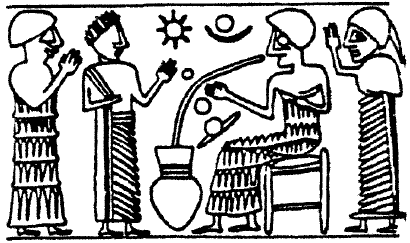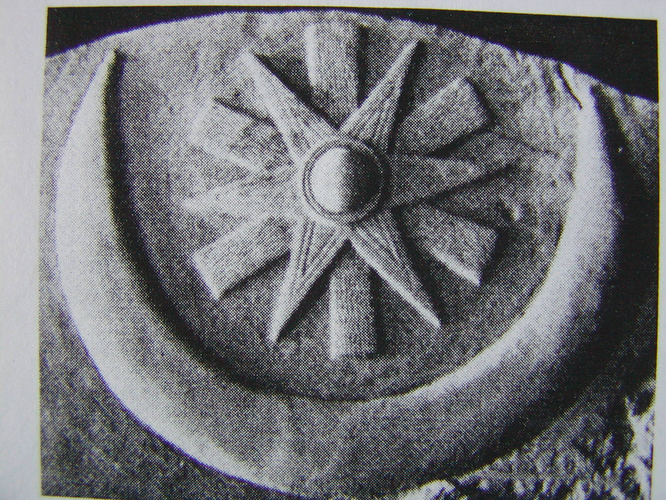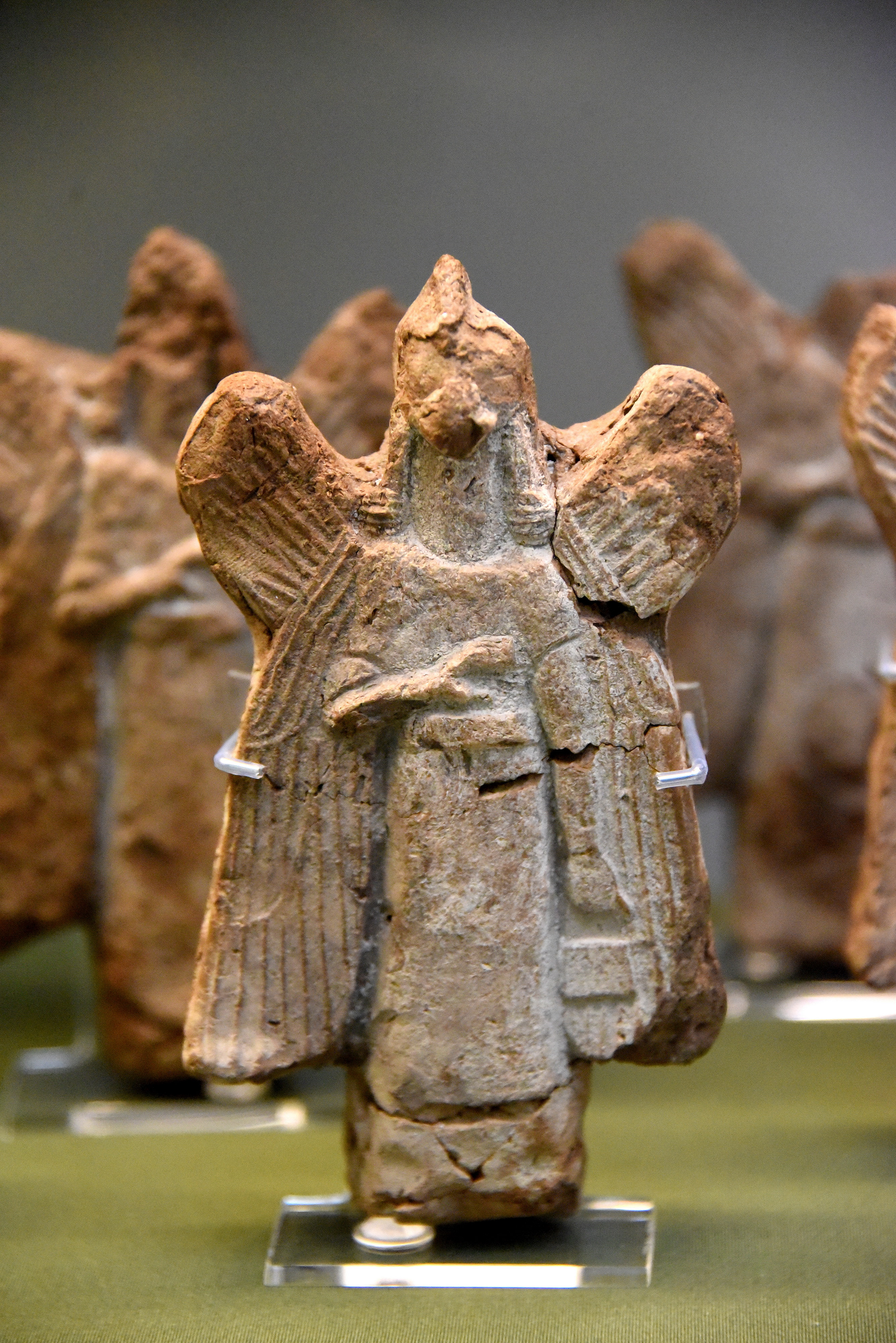In my view, your key section was this:
"I’ve discussed Amar Annus’ excellent 2010 article on the origin of the Enochian Watchers (the Sons of God in Genesis 6) before, and here I shall discuss again. In summary, Annus (bad name I know) established strong parallels between the Watchers of 1 Enoch and the Apkallu from Mesopotamian texts, who delievered arts and civilisation to Antediluvian man.
These parallels go as far as Akkadian inscriptions which outright call the Apkallu ‘Masarre‘, or ‘Watchers’. It seems then, that there seems to be an early precedent to equate the Apkallu and Sons of God."
For future reference, to the extent that Biblicists want to equate “Watchers” with “Angels”…
… these are the Sumerian beings that would equate to such “Watchers” - - behold the Fish-Men angels of Sumeria!
[The larger figure on the left is Ea/Enki… with four streams of
** sweet water emerging from his back .]**

There were 7 apkallu… Adapa being the most famous of them; there is a key difference between the Apkallu and the common perception of the Watchers… Adapa and the other 6 fish-men were considered mortal… with an entire myth dedicated to why at least one of them never achieved immortality.
There is another set of 7 apkallu-like creatures … the distinction being lost to me at this time.
“Adapa, the first of the Mesopotamian seven sages (apkallu[a]), was a mythical figure who unknowingly refused the gift of immortality. The story is first attested in the Kassite period (14th century BC), in fragmentary tablets from Tell el-Amarna, and from Assur, of the late second millennium BC. Mesopotamian myth tells of seven antediluvian sages, who were sent by Ea, the wise god of Eridu, to bring the arts of civilisation to humankind. The first of these, Adapa, also known as Uan, the name given as Oannes by Berossus, introduced the practice of the correct rites of religious observance as priest of the E’Apsu temple, at Eridu. The sages are described in Mesopotamian literature as 'pure parādu-fish, probably carp, whose bones are found associated with the earliest shrine, and still kept as a holy duty in the precincts of Near Eastern mosques and monasteries. Adapa as a fisherman was iconographically portrayed as a fish-man composite.”


